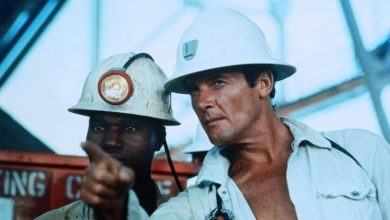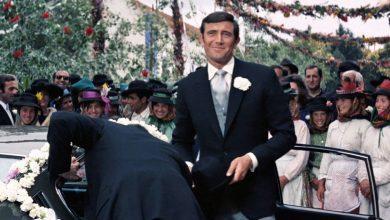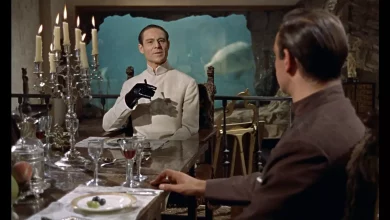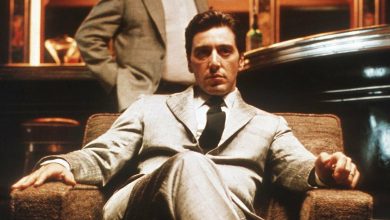
In the world of cinema, the role of a cinematographer is pivotal in shaping the visual narrative of a film. One such artist who has left an indelible mark on the industry is Linus Sandgren. Born in Sweden in 1972, Sandgren’s journey from a film enthusiast to an Academy Award-winning cinematographer is a testament to his passion, talent, and dedication to his craft. This article provides a comprehensive look into the life and career of Linus Sandgren, with a particular focus on his work in the 25th James Bond film, “No Time to Die.
Sandgren’s unique approach to cinematography, characterized by his innovative use of light, color, and camera movement, has significantly contributed to the visual appeal of the films he has worked on. His work on “No Time to Die” not only showcases his technical prowess but also his ability to enhance storytelling through his visuals. This article delves into the intricacies of Sandgren’s work, his creative process, and the impact he has had on modern cinematography.
Key Takeaways
- Linus Sandgren is a renowned cinematographer known for his work on films such as “La La Land,” “First Man,” and “No Time to Die.”
- Sandgren’s approach to cinematography is characterized by his use of naturalistic lighting, dynamic camera movements, and color to evoke emotions and enhance storytelling.
- He places great emphasis on understanding the director’s vision and working closely with them to bring that vision to life.
- Sandgren’s work on “No Time to Die” has been widely praised for its visual appeal and has added a new dimension to the Bond franchise.
- Despite the challenges he has faced in his career, Sandgren views these as opportunities to learn and grow, and his innovative solutions have contributed to his success.
No Time to Die | Linus Sandgren
“No Time to Die,” the 25th installment in the James Bond franchise, is a cinematic spectacle that has captured the attention of audiences worldwide. A significant contributor to its visual appeal is the Swedish cinematographer, Linus Sandgren. This article will delve into the intricate details of Sandgren’s work on “No Time to Die,” his approach to cinematography, and how his unique style has influenced the film.
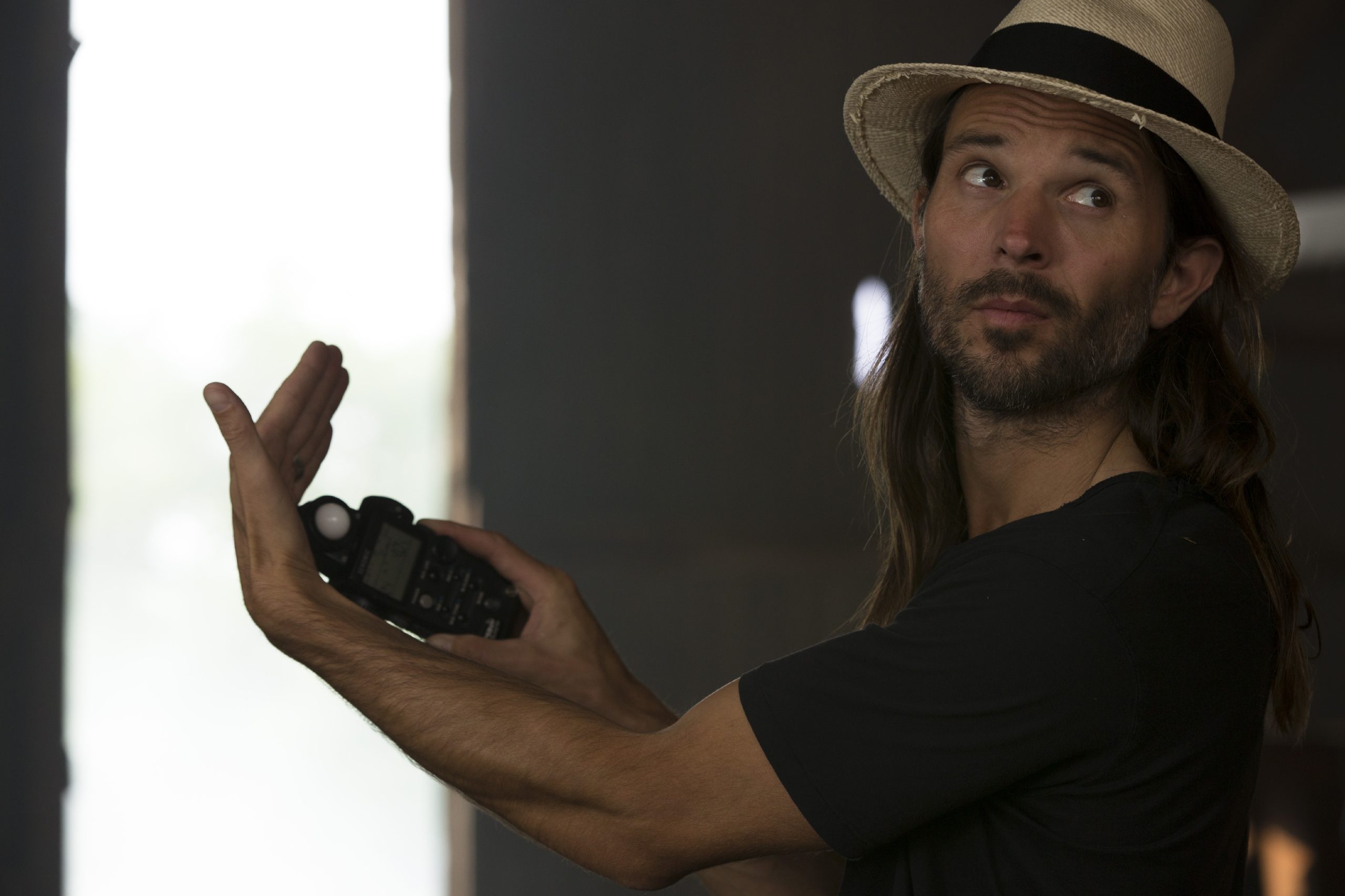
Linus Sandgren: A Brief Overview
Early Life and Education
Linus Sandgren was born in 1972 in Sweden. From a young age, he was fascinated by the world of cinema, which led him to pursue a career in the film industry. He studied at the Dramatiska Institutet, a renowned film school in Stockholm, where he honed his skills in cinematography.
Career
Sandgren began his career working on Swedish films and television series. His talent for capturing stunning visuals quickly gained recognition, and he started working on international projects.
In 2010, Sandgren made his Hollywood debut with the film “Promised Land,” directed by Gus Van Sant. His work on the film was highly praised, and it marked the beginning of his successful career in Hollywood.
Sandgren’s breakthrough came in 2016 when he worked as the director of photography for the critically acclaimed film “La La Land,” directed by Damien Chazelle. His innovative use of color and light to create a vibrant, dreamlike atmosphere in the film earned him the Academy Award for Best Cinematography in 2017.
Following the success of “La La Land,” Sandgren continued to work on high-profile projects. He collaborated with Damien Chazelle again on the film “First Man” in 2018, where his ability to capture the stark beauty of space and the tension of the lunar landing was highly praised.
In 2020, Sandgren worked on the 25th James Bond film, “No Time to Die.” His work on the film was characterized by his signature style of combining naturalistic lighting with dynamic camera movements, adding a new dimension to the Bond franchise.
Sandgren’s Approach to “No Time to Die”
In the video ‘NO TIME TO DIE | Linus Sandgren’, Linus Sandgren, an acclaimed director of photography who has won both a BAFTA and an Academy Award, provides a comprehensive and detailed exploration of his creative process for the film ‘No Time to Die’. Sandgren delves into his unique approach to cinematography, where he places significant emphasis on capturing visuals that evoke powerful emotions, much like the impact of music. He shares his invaluable experience of collaborating closely with the director, Cary Joji Fukunaga, and highlights the significance of crafting distinct atmospheres for each scene in order to enhance the storytelling. Sandgren also addresses the various challenges encountered while shooting in diverse locations and the innovative solutions they devised, including the utilization of mood boards and the implementation of realistic lighting techniques. Additionally, Sandgren reveals his personal favorite shot from the film, a gripping fight sequence set in a staircase, and candidly discusses the difficulties they encountered during its filming. Finally, Sandgren underscores the importance of experiencing the film in a cinema to fully appreciate the grandeur of the large format and IMAX shots.
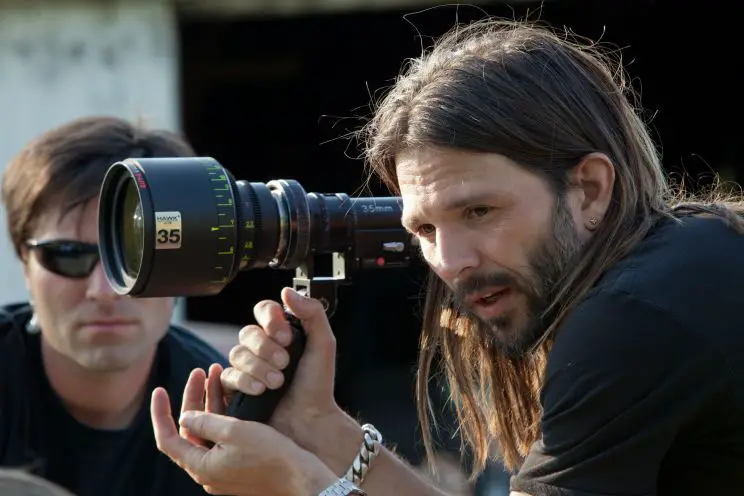
Impact of Sandgren’s Work on “No Time to Die”
Sandgren’s work on “No Time to Die” has been widely praised for its visual appeal. His unique approach to cinematography has added a new dimension to the Bond franchise, making the film a visual treat for audiences.
Critical Reception
Critics have lauded Sandgren’s work on “No Time to Die.” His cinematography has been described as “stunning,” “visually spectacular,” and “a feast for the eyes.”
Audience Reception
Audiences have also appreciated Sandgren’s work. Many have praised the film’s visual style, noting how it enhances the storytelling and adds to the overall cinematic experience.
This comprehensive look into “No Time to Die” through the lens of Linus Sandgren provides an in-depth understanding of the film’s visual style and the creative process behind it. It showcases how Sandgren’s unique approach to cinematography has shaped the film, making it a standout entry in the Bond franchise.
1. What inspired Linus Sandgren to become a cinematographer?
Linus Sandgren’s journey into cinematography was largely driven by his fascination with the world of cinema from a young age. He was captivated by the power of visual storytelling and the role of cinematography in shaping a film’s narrative and emotional impact. This passion led him to study at the Dramatiska Institutet in Stockholm, where he honed his skills and deepened his understanding of the art and craft of cinematography.
Over the years, Sandgren has often spoken about the influence of various filmmakers and cinematographers on his work. He has expressed admiration for the works of legendary cinematographers such as Sven Nykvist and Roger Deakins. Their ability to use light and color to evoke emotions and tell stories has had a profound impact on Sandgren’s approach to cinematography.
2. How does Linus Sandgren approach a new project?
When starting a new project, Linus Sandgren places great emphasis on understanding the director’s vision and the emotional core of the story. He believes that the role of cinematography is not just to capture what’s happening on screen, but to evoke emotions and enhance the storytelling.
Sandgren often begins by reading the script and discussing the story and characters with the director. This helps him understand the narrative and emotional beats of the film, which then informs his visual approach. He also creates mood boards and visual references to communicate his ideas and collaborate with the director and the production design team.
3. What techniques does Linus Sandgren use to create distinct atmospheres in his films?
Sandgren employs a variety of techniques to create distinct atmospheres in his films. One of his signature techniques is the use of naturalistic lighting. He often uses practical lights within the scene, such as lamps or sunlight, to create a sense of realism and intimacy.
In addition to lighting, Sandgren also uses color to convey mood and emotion. For instance, in “La La Land,” he used vibrant colors to create a dreamlike atmosphere that reflects the film’s romantic and nostalgic tone. He also uses camera movement to enhance the storytelling, often opting for dynamic and fluid movements that create a sense of immersion.
4. How does Linus Sandgren collaborate with directors?
Collaboration with directors is a crucial part of Sandgren’s process. He believes in the importance of understanding the director’s vision and working closely with them to bring that vision to life. This often involves extensive discussions about the story, characters, and visual style of the film.
Sandgren also values open communication and flexibility in his collaborations. He is open to feedback and ideas, and he is always willing to adapt and innovate to serve the story. This collaborative approach has allowed him to build successful partnerships with directors like Damien Chazelle and Cary Joji Fukunaga.
5. What challenges has Linus Sandgren faced in his career and how has he overcome them?
Throughout his career, Sandgren has faced various challenges, from technical difficulties to creative disagreements. However, he views these challenges as opportunities to learn and grow.
One of the major challenges Sandgren often faces is shooting complex action sequences. These scenes require precise planning and execution, and Sandgren often works closely with the stunt team to ensure that the camera movements complement the action. He also faced challenges when working on “No Time to Die,” which saw a change in director midway through production. Despite this, Sandgren was able to maintain a consistent visual style throughout the film.
6. How has Linus Sandgren’s work influenced modern cinematography?
Sandgren’s work has had a significant impact on modern cinematography. His innovative use of color and light, combined with his emphasis on emotional storytelling, has influenced a new generation of cinematographers.
His work on films like “La La Land” and “No Time to Die” has demonstrated the power of cinematography in shaping a film’s narrative and emotional impact. These films have been praised for their visual style, which has inspired other filmmakers to explore new ways of using cinematography to enhance storytelling.
7. What awards has Linus Sandgren won for his work?
Linus Sandgren has received numerous awards for his work in cinematography. His most notable achievement is winning the Academy Award for Best Cinematography for “La La Land” in 2017. This award is a testament to his innovative use of color and light to create a vibrant, dreamlike atmosphere in the film.
In addition to the Academy Award, Sandgren has also received several other accolades, including a BAFTA Award for Best Cinematography for “La La Land” and nominations for his work on films like “First Man.”
8. How does Linus Sandgren approach the use of color in his films?
Color plays a significant role in Sandgren’s approach to cinematography. He believes that color can be used to convey mood, emotion, and character, and he often uses color palettes to create distinct atmospheres in his films.
For instance, in “La La Land,” Sandgren used vibrant colors to create a dreamlike atmosphere that reflects the film’s romantic and nostalgic tone. In “No Time to Die,” he used different color palettes for different locations to create a sense of geographical and emotional diversity.
9. What is Linus Sandgren’s philosophy on cinematography?
Sandgren’s philosophy on cinematography centers around the idea that the role of cinematography is not just to capture what’s happening on screen, but to evoke emotions and enhance the storytelling. He believes that cinematography should serve the story and the characters, and he strives to create visuals that reflect the emotional core of the film.
Healso places great emphasis on collaboration and communication. He believes that a successful film is the result of a collaborative effort, and he values open communication with the director and the rest of the crew. He is always open to feedback and ideas, and he is willing to adapt and innovate to serve the story.
10. What is Linus Sandgren currently working on?
As of the latest updates, Linus Sandgren is working on several projects. However, due to the nature of the film industry, specific details about these projects are often kept under wraps until closer to the film’s release. Sandgren’s commitment to his craft and his innovative approach to cinematography make him a sought-after talent in the industry, and audiences can look forward to seeing more of his work in the future.
It’s always exciting to follow Sandgren’s career as he continues to push the boundaries of cinematography. His unique vision and dedication to storytelling make his upcoming projects something to look forward to. Whether he’s working on a big-budget Hollywood film or a smaller independent project, Sandgren’s work is sure to continue to captivate and inspire audiences.
Conclusion
Linus Sandgren’s journey in the world of cinematography serves as an inspiration for aspiring filmmakers. His dedication to his craft, his innovative approach to visual storytelling, and his ability to overcome challenges have made him one of the most respected cinematographers in the industry. His work on films like “La La Land” and “No Time to Die” has not only earned him accolades but has also influenced a new generation of cinematographers.
As audiences, we often get lost in the narratives of the films we watch, not realizing the amount of work and creativity that goes into creating the visuals that enhance these narratives. Cinematographers like Linus Sandgren work behind the scenes to create these visuals, shaping our cinematic experiences in profound ways. As we look forward to more of Sandgren’s work in the future, we can appreciate the art of cinematography and the role it plays in bringing stories to life on the big screen.
Further Reading
For those interested in learning more about Linus Sandgren and his work, here are some resources:




